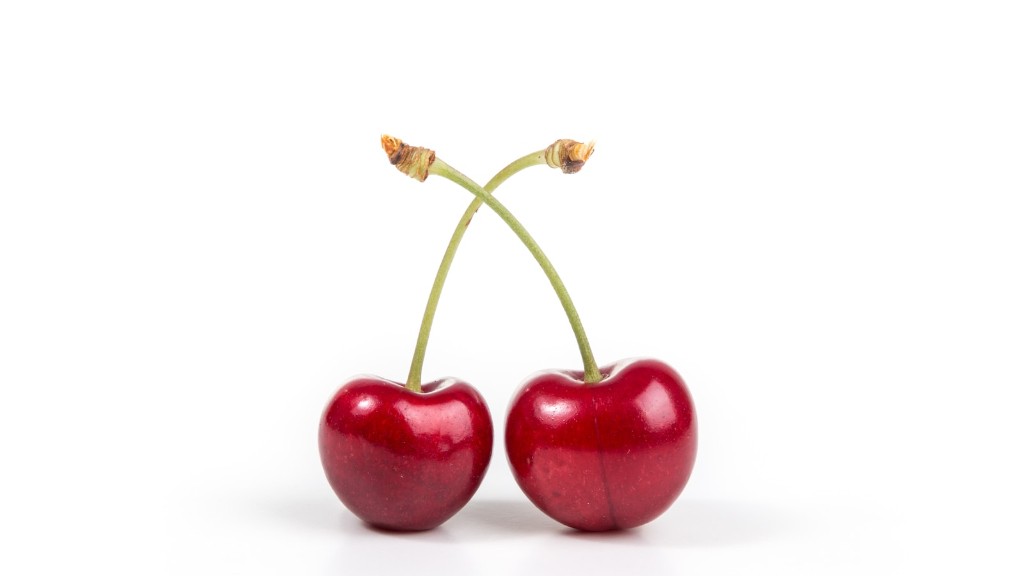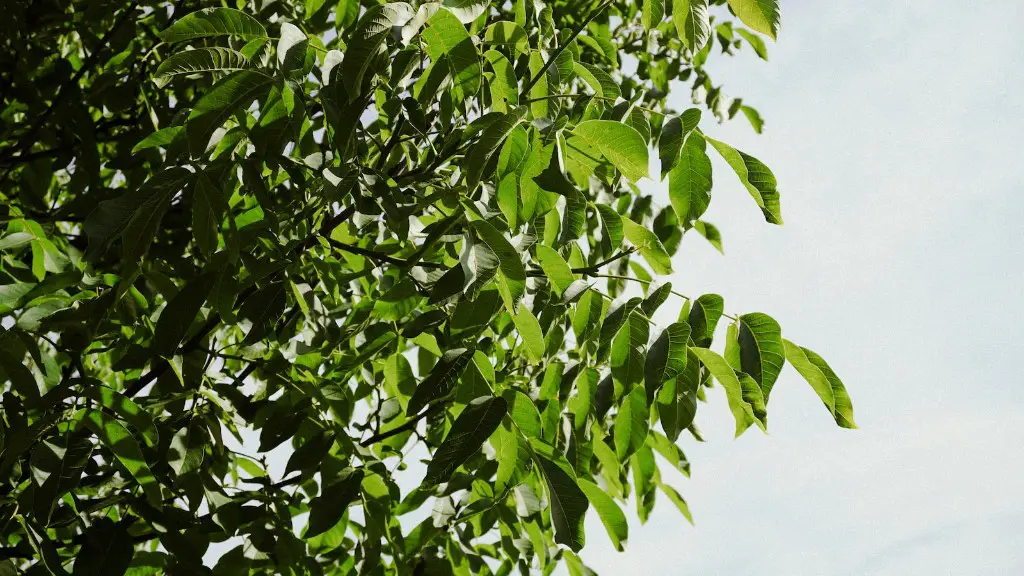Tree Anatomy
Cherry trees are part of the Prunus genus, which are mostly deciduous and have fruits that contain small seeds. These trees are unique in that the sap of Prunus trees is not watery. Instead, the sap is thick and has a slightly sweet odor. Cherry trees have a wide variety of root systems, from densely-spreading taproots to more compact palm-shaped roots. In addition, cherry trees have strong lateral branches, which helps to support their heavy crop. These trees are also known for dropping their leaves and fruits if the weather is too cold or wet.
Sap is the nutrient-rich liquid that runs through the arteries of a tree. All trees produce sap to feed their leaves, bark and fruits. It is usually composed of water, sugars, minerals and other nutrients. In cherry trees, the sap is produced by the vascular system, a network of vessels that forms the tree’s circulatory system. The sap starts out in the roots, then moves up through the trunk and branches and eventually out through the flowers and fruit.
Reasons for Sap from Cherry Trees
Sap may flow out of cherry tree branches for several reasons. One of the most common causes is mechanical damage, such as pruning, which can open up wounds in a tree’s trunk or branches. Another possible reason for sap flowing out of a cherry tree is stress or an infection. A weakening of the tree’s vascular system can cause sap to start flowing out of wounds or cracks in the tree’s bark. Sap flowing out of a cherry tree may also indicate an infestation of pests such as aphids or other insects.
In rare cases, sap may be seen flowing out of cherry trees in the spring. This usually occurs when trees experience extreme amounts of stress or when the weather is unusually cold. In these cases, the tree may produce large amounts of sap as a defense mechanism. The sap will act as an insulation for the tree’s foliage and help to protect it from extreme temperatures.
How to Identify Significant Sap Leakage
The most common way to identify significant sap leakage from a cherry tree is to look for wet spots on the trunk and leaves. If the sap has been there for some time, it may have a crusty or dried look to it. Additionally, any branches on the tree with soft wood may be a sign of sap leakage. If a cherry tree is experiencing a lot of sap leakage, the leaves and flowers may become discolored or wilted.
To identify the source of the sap leakage, look for wounds or cracks in the tree’s bark or branches. If a wound is present, inspect it closely and look for signs of fungal infections or insect infestations. In some cases, the wound may actually be a gash caused by pruning equipment.
Treating Sap Leakage
The best way to stop sap leakage from a cherry tree is to identify and resolve the source of the problem. If a wound is causing the sap leakage, it should be disinfected and sealed with an appropriate tree wound sealant. Additionally, any affected branches should be pruned to stop sap leakage. If an insect infestation or a fungal infection is present, it should be treated with the appropriate pesticide or fungicide.
In cases of extreme sap leakage, it is important to provide the tree with adequate nutrition and water. If the tree is under stress, it should be sprayed with an anti-transpirant to help prevent further sap leakage. Additionally, the tree should be pruned regularly to remove any dead or damaged branches.
the Benefits of Sap and Trees
The sap of cherry trees is an important part of the tree’s growth and health. The sap contains helpful nutrients, such as nitrogen, phosphorus, and numerous other minerals, which help to keep the tree healthy and productive. The sap also helps to protect the tree from damage by insects and other diseases.
Trees also provide numerous benefits to the environment. They help to reduce air pollution and improve air quality, protect soil and water quality, provide habitat for wildlife, and reduce storm water runoff. Additionally, trees can help to reduce energy costs, reduce noise levels, and improve mental and physical health.
Environmental Implications
The production of sap in cherry trees can have a major environmental impact. The sap is an important source of food for many insects, birds and other animals. Additionally, the production of sap is an important part of the ecosystem’s nitrogen cycle. Nitrogen is an essential nutrient for most plants and animals, and the production of sap helps to ensure that the nitrogen cycle remains in balance.
The production of sap also has implications for climate change. Sap production requires a lot of energy, which emits carbon dioxide into the atmosphere. This has a negative effect on the environment and contributes to global warming. It is important to take measures to reduce sap production in order to protect the environment.
Conclusion
Understanding the causes of sap leakage in cherry trees is important for maintaining their health and productivity. Sap leakage can be caused by a variety of factors, including mechanical damage, stress, infestations, and extreme temperatures. The best way to stop sap leakage is to identify and resolve the source of the problem. Additionally, understanding the benefits of sap and trees is important for preserving the environment and preventing climate change.


